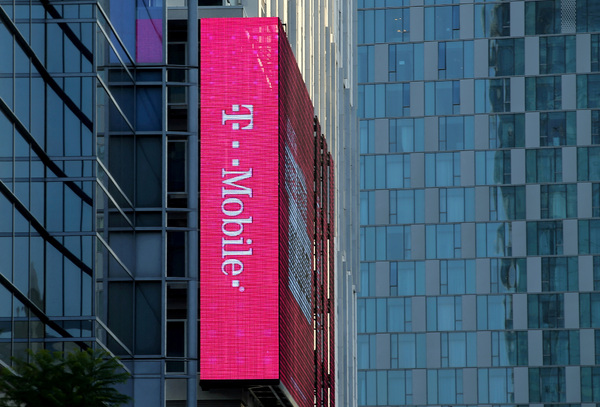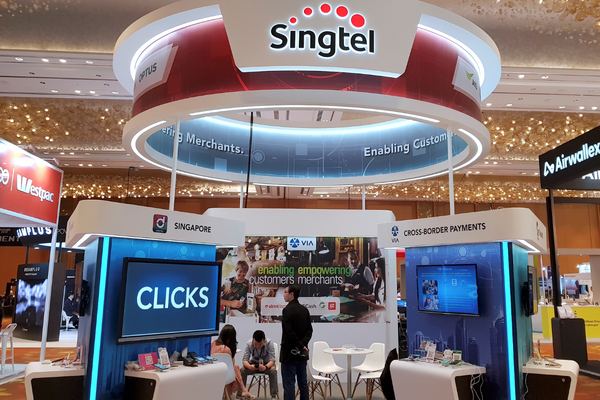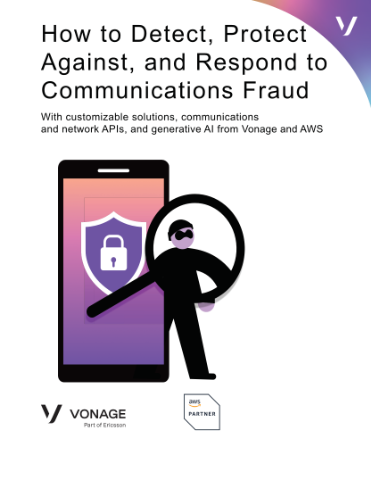Market research: moving at speed to understand constant change

Tom Smith at GWI looks at providing insights across all aspects of a company allows quick decisions in the face of rapid changes in the world
The last five years have been an unprecedented avalanche of news, social and political changes, and huge economic swings.
Whether it’s Brexit, the pandemic, the invasion of Ukraine, or the global cost of living crisis, every day brings new headlines and issues that radically shift the marketplace and need to be accounted for in business decision making.
And it’s not all negative. In fact, from a data-driven perspective, the global backdrop is ever-improving with billions lifted out of poverty, incredible declines in child mortality and growing literacy.
There have been vast shifts in perceptions around equality and the need for environmental action. The internet is creating economic opportunities like we’ve never seen, and information and education has never been so accessible.
What this all highlights is the speed with which situations change, and even the vast amounts of contrasting data out there - all telling a different story.
However, macro progress and opportunities can get swamped by short term events and businesses have to react and adjust to these. The flow of news in last few years has made decision makers’ lives incredibly hard. Every time they feel they have a strategy for what’s coming, the event has either arrived sooner than predicted or something else has happened unexpectedly, throwing all that careful planning into disarray.
Data and market research, while always important, has never been so vital. How else can a business balance long term strategy against short term events and ever-shifting consumer sentiment?
There’s no easy answer, particularly in today’s market research industry. The traditional model of market research is broken, or, at the least, it’s obsolete. But it’s important to understand how it’s no longer fit for purpose. And that’s easier.
Firstly, let’s clarify. Data and insight-driven decision making isn’t the problem. The problem is in how we gather, analyse and deploy that information.
The first hurdle is timing. From selecting a market research agency via a proposal process, to creating questionnaires, carrying out fieldwork, analysing data, receiving a presentation on it, and then considering what it all actually means, we can be looking at a timeline of months, at best.
If the data is global, then this adds many more months to the process. It’s not an exaggeration to say you would need at least six months if your audiences are across multiple markets.
If you’re already starting to dread the size of the cheque that you’ll need to write, then you’re on the right track as well. Traditional ad-hoc research is out of reach for the vast majority of companies, and when scaled globally, is out of reach to all but the largest companies in the world.
Ultimately, if a pandemic strikes in a matter of a few short months, or there’s a shock referendum result, even if you have the budget, you don’t have the time.
We can therefore see that a company trying to react to a situation that has occurred almost overnight might lose millions when it can’t keep up. What’s worse, with the current rapid pace of global events, by the time strategists have the information, it’s likely to be completely out of date and useless.
So, simply put, traditional market research is too slow, too expensive, and inaccessible to all but the highest bidders. But there is an answer, one which is rooted in the technology used to gather data.
And perhaps even that term belongs to the old days. Data cannot be ‘gathered’ ad hoc when commissioned. It must be free-flowing and readily accessible, robust and usable at a global scale. It should be pre-designed for as many use cases as possible and collected at scale. This will also mean it’s available for a large set of customers.
Naturally it can’t be one-size-fits-all. And this is where technology comes in again, allowing for easy delivery of new questions to people who are already profiled, providing quicker turnarounds and larger samples at a lower cost.
But there’s more. By using the right technology to create datasets and curate them, we can switch the emphasis onto analysis. This means that rather than having to react to a breaking event by launching a six-month market research project and then beginning analysis and deployment, we can jump immediately to the analysis of data, with strategy sessions the morning after.
The self-serve model must be easy-to-use and allow anyone to extract insights, no matter the department or level of training. Having large amounts of data available with just a simple search enables research and insights teams to swing into action at the drop of a hat, bringing their much-needed expertise to bear quickly and supporting a range of departments with analysis and understanding, fast.
We must democratise data and audience insights through technology. The world is moving too fast for us to be able to rely on the old ways of doing things. We have to change with it.
Tom Smith is CEO and founder of GWI
Main image courtesy of iStockPhoto.com

Business Reporter Team
Related Articles
Most Viewed
Winston House, 3rd Floor, Units 306-309, 2-4 Dollis Park, London, N3 1HF
23-29 Hendon Lane, London, N3 1RT
020 8349 4363
© 2025, Lyonsdown Limited. Business Reporter® is a registered trademark of Lyonsdown Ltd. VAT registration number: 830519543





